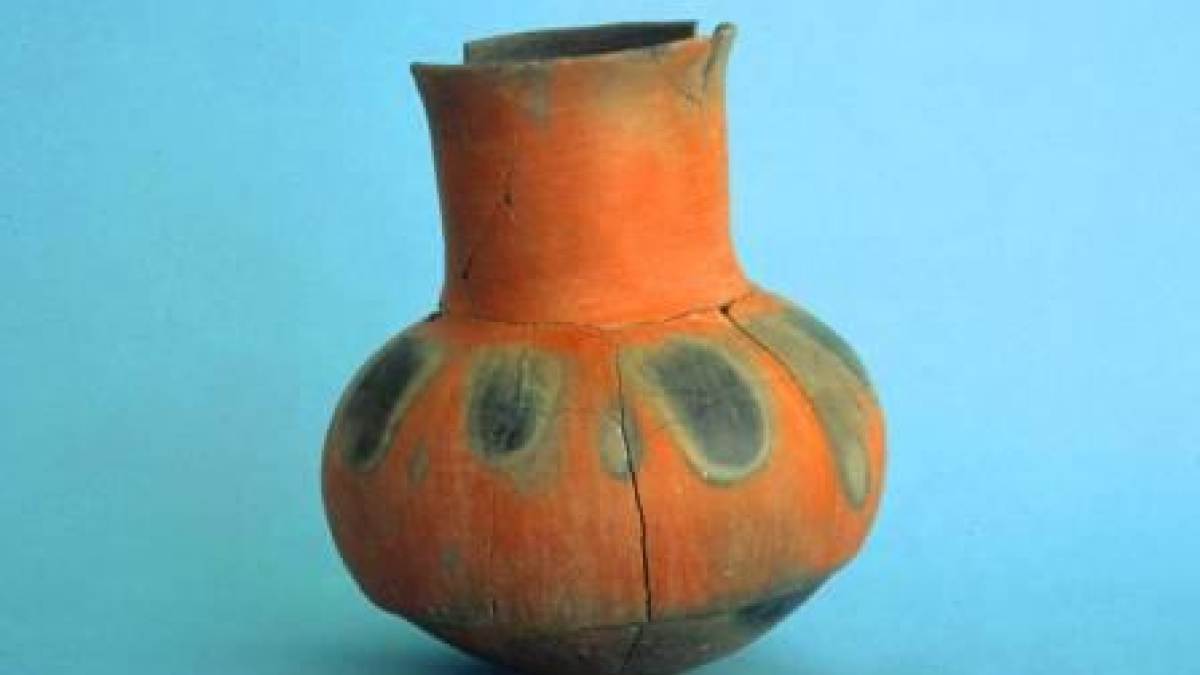Free lecture looks at ancient desert pottery

David R. Abbott, an associate professor of anthropology at Arizona State University, will give a free lecture at 1 p.m., Feb. 4, at the Deer Valley Rock Art Center titled “Ceramic Analysis and the Ancient Hohokam Economy.”
The lecture is a public program for the Arizona Scitech Festival, a year-long series of events designed to showcase Arizona as a national leader in science, technology and innovation.
Abbott has designed and is conducting a long-term research program focused on the ancient pottery of the Sonoran Desert. He combines pottery studies with geological, petrographic, and chemical analyses to determine the organization of ceramic production and distribution in southern and central Arizona.
This work is dedicated to modeling the exchange and social networks that composed the Hohokam regional system, investigating the impact of large-scale irrigation on sociocultural evolution, and developing the unique contribution that ceramic research can make to the study of prehistoric communities.
The prehistoric Hohokam of the Phoenix basin are best known for their impressive irrigation infrastructure along the lower Salt and middle Gila Rivers. Intensive archaeological analysis of their hydraulic works has revealed much about the Hohokam economy, but less well known is the role that ceramic research is playing in reconstructing the Hohokam past.
The lower Salt River valley is characterized by a geological terrain that ay be the best on the planet for ceramic sourcing studies, allowing the movement of clay containers between producers and consumers to be traced over distances as short as 5 km. Pottery transactions were common in Hohokam society, and, with this level of spatial precision, their study is revealing much about the ancient Hohokam economy.
The Deer Valley Rock Art Center, 3711 W. Deer Valley Road, Phoenix, has the largest concentration of Native American petroglyphs in the Phoenix Valley. Visitors hike a quarter-mile trail to view more than1,500 petroglyphs made between 500 and 7,000 years ago. The museum aims to promote preservation, connection and respect for the site and is a destination for families to learn about archaeology in their own backyard.
The Center is managed by one of the top archaeology programs in the country – the School of Human Evolution and Social Change, in the College of Liberal Arts and Sciences at Arizona State University.
More information is available at http://dvrac.asu.edu or (623) 582-8007